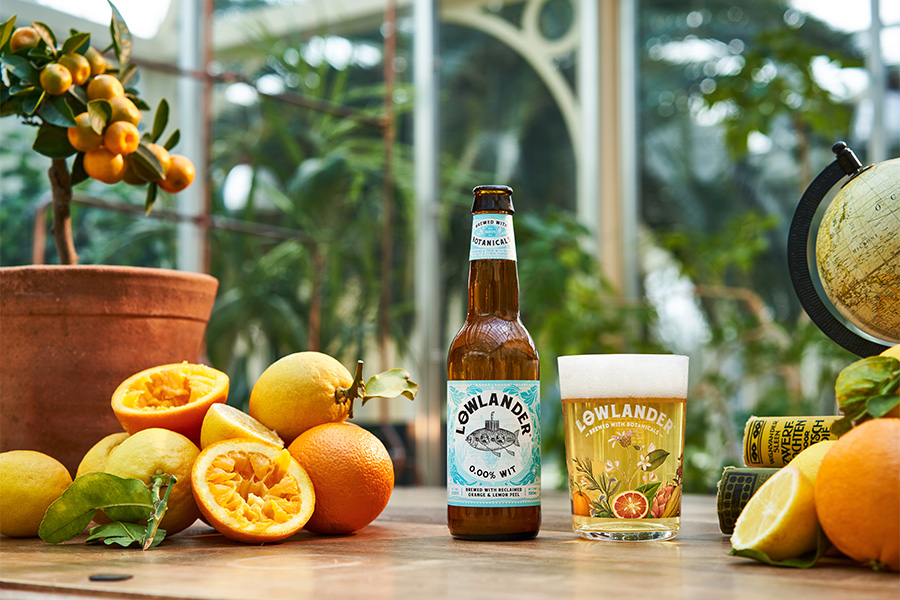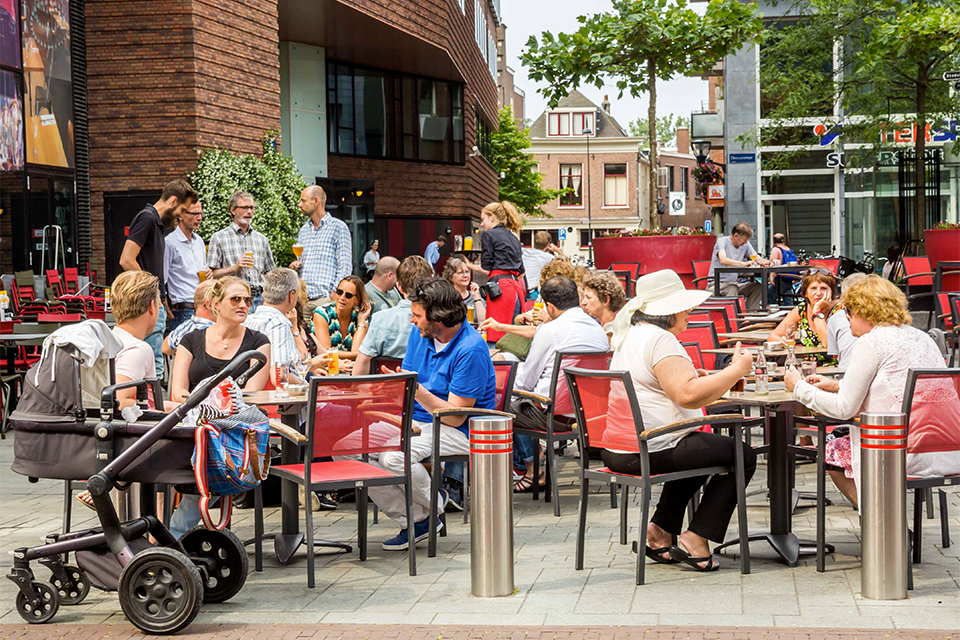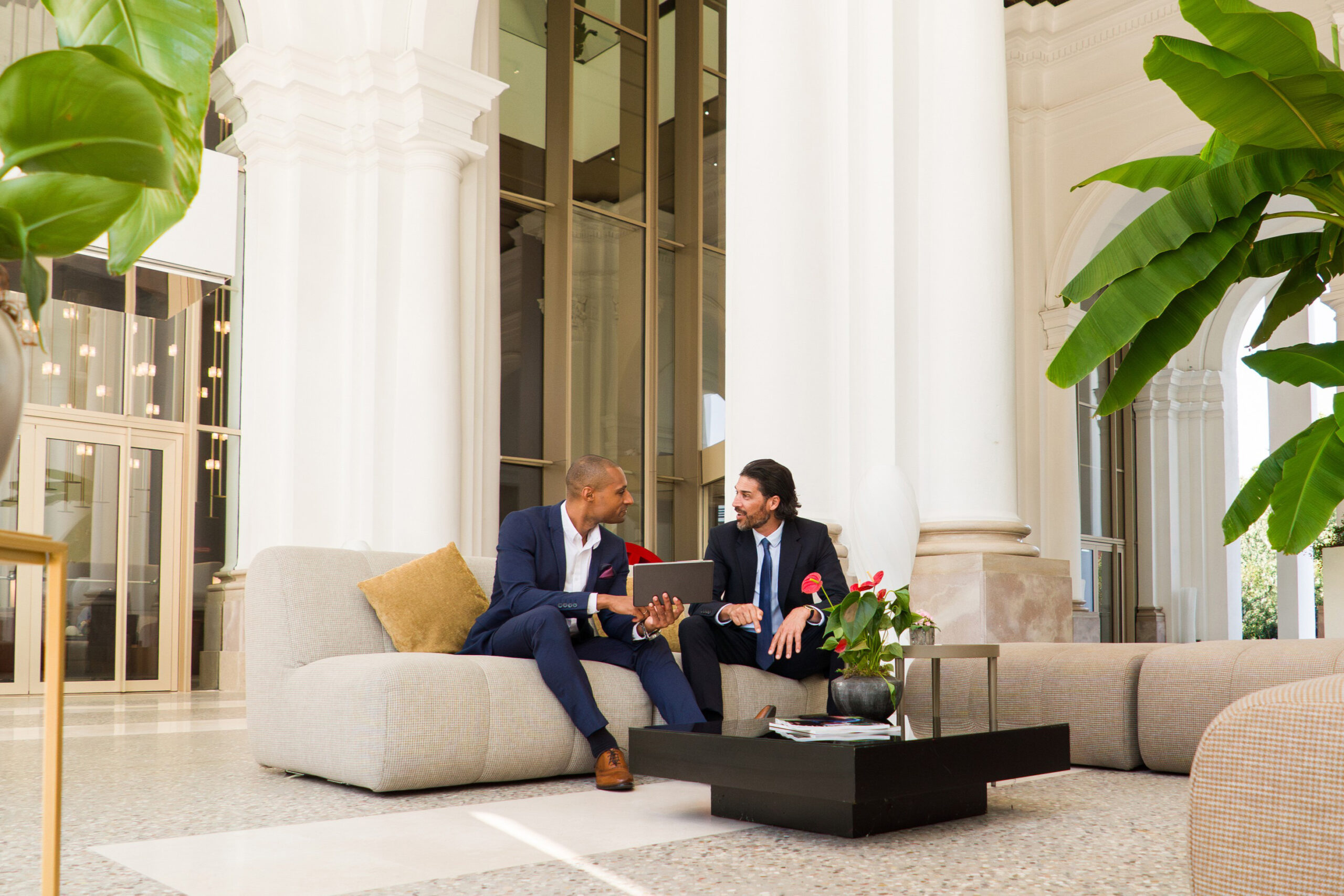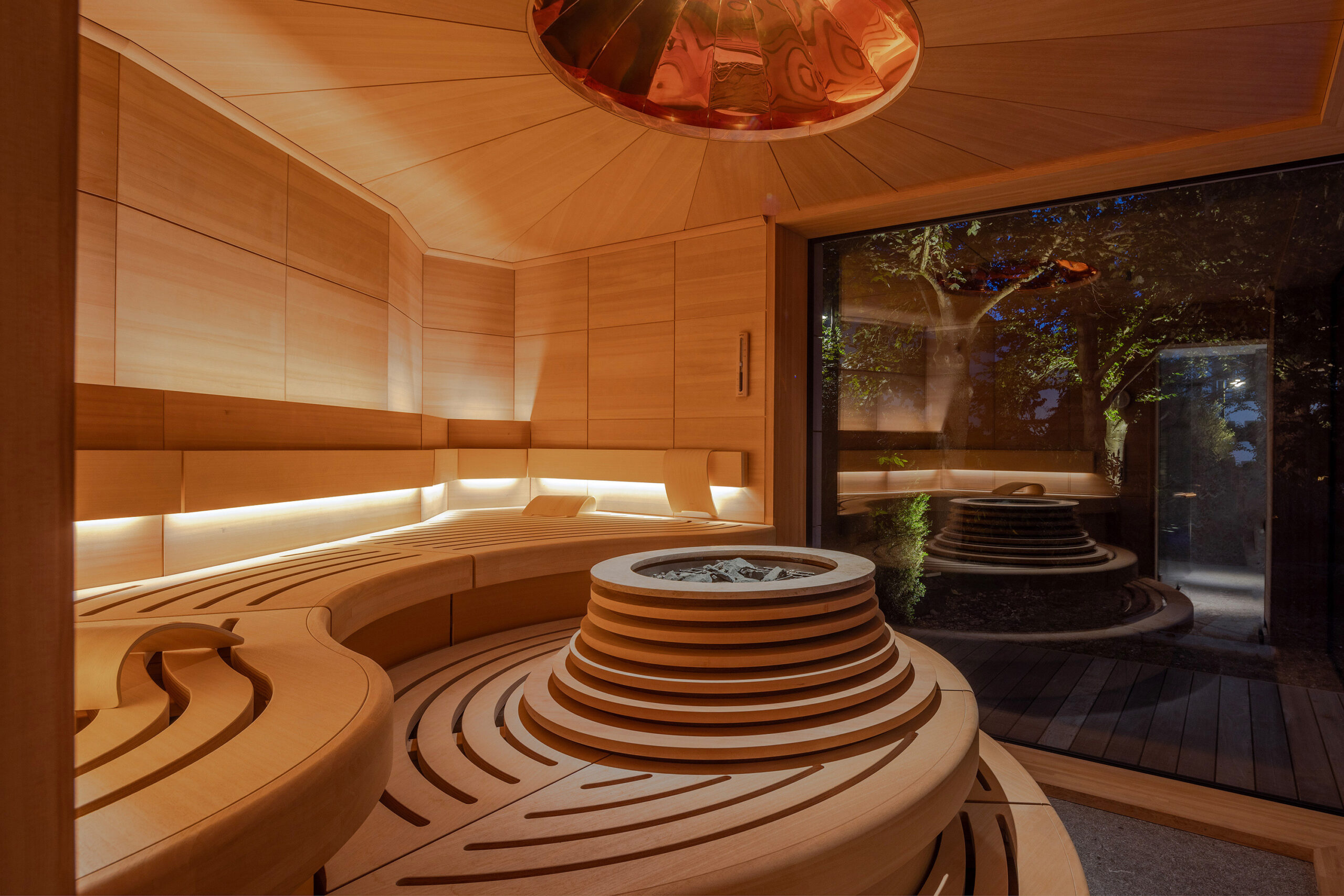
Research: on-trade could potentially realise €437 million extra turnover with better offer of alcohol-free and low-alcohol beer
39% of the Netherlands reduces alcohol - Lowlander capitalises on trend and bets entirely on low & no beers.
While Dry January is just around the corner, it appears that the need for a low-alcohol and free range in the hospitality industry is still growing. This is according to research by Lowlander, conducted by Future of Food Institute. This trend has repercussions on on-trade turnover: the research firm calculated that Dutch on-trade entrepreneurs could potentially increase their turnover on drinks with 16% with a better offer of alcohol-free and low-alcohol beer. Converted to turnover in the Netherlands, that totals €437 million.* Lowlander is taking a stand on this and will be the first and only Dutch beer brand to focus entirely on no & low from 2025.
More conscious alcohol consumption among Gen Z and millennials
The survey mapped alcohol consumption and reduction, of the Netherlands and points to a growing trend of more conscious alcohol consumption among younger generations. The older the generation, the more frequently alcohol is drunk, the figures show. For instance, 49% of Gen Z drink weekly or more often, while this percentage is higher among millennials (56%), Gen X (57%) and baby boomers (61%). 39% of alcohol-drinking Dutch people have started drinking less in the past 5 years. Almost a quarter of Gen Z'ers say they want to cut down on alcohol (23%), while this percentage is lower among older generations (Gen X and Boomers).
Hospitality sector misses opportunities
The study shows that hospitality operators who ignore the no & low offer are missing out on opportunities and sales as a result. When there is no offer of no & low beer, 60% of guests (who do order alcohol-free or low-alcohol) decide to order a soft drink or water, and over a fifth of women switch to spring water. It further reveals that:
- Besides non-alchoholic beer, low-alcoholic is also increasing in popularity. A quarter of the Dutch indicates ordering non-alcoholic (0%-0.5%) drinks more often than last year And 25% more often order drinks with a low alcohol content between 0.6 and 3.5%, (among Gen Z and millennials, it is even 1 in 3).
- More than 1 in 5 Dutch people takes into account the supply of no & low drinks in advance when choosing a hospitality venue. Among millennials, this even rises to more than 1 in 3. So offering attractive no & low options presents an opportunity for hospitality entrepreneurs to attract this group.
- 31% from Gen Z and millennials would stay longer in a catering establishment if the supply of no & low drinks was better.
- Millennials' 32% would visit a hospitality venue more often if there were better low & now options.
Translated into turnover, this is a potential growth of 16% and an amount of €437,560,963,-. *. The increase in sales comes mainly from the millennials group. In addition, no & low beer provides a higher gross margin: on average 5% more than regular beer and 12% more than soft drinks.
Lowlander confesses colour: full focus on low & no
Lowlander already sells more non-alcoholic beers than alcoholic beers, and from 2025 it will be the first and only Dutch beer brand to focus entirely on beers without or with little alcohol. With the introduction of its new proposition, Lowlander aims to support the on-trade in responding to this growing demand. From March, the brand will launch 3 new botanical Low & No beers and gradually phase out higher-alcohol beers from the range.
Frederik Kampman, founder of Lowlander: "These figures show that the Netherlands is at a turning point in how we treat alcohol. We envision a future where drinking no or less alcohol is normal during social occasions. With quality beers brewed with botanicals for more flavour, we want to make it easier for everyone by broadening the range for consumers wanting to go "low". We are helping hospitality entrepreneurs seize this opportunity."
Dry January less popular than summer
Besides consumers' on-trade choices, the survey also delved deeper into how and when the Netherlands is cutting back. While a third of 'the lessers' attack Dry January to take a closer look at their alcohol consumption, it is notable that this proportion is even much higher during the summer months and is as high as 1 in 2. It is also notable that women are more likely to use Dry January as a way to cut down (39%) than men (29%). Also, year-round, there is an increasing number of 'zebra striping', 17% of moderating consumers report switching between alcoholic and non-alcoholic options on an evening.
Health reasons main motive for cutting back
Health reasons such as "getting fitter" (67%), "more energy" (61%), and "general mental health" (61%) are the most frequently mentioned motives for drinking less alcohol. Gen Z and millennials are leaders in this, with remarkably high scores for "getting fitter" (75% and 74%, respectively) and "more energy" (65% and 67%).



